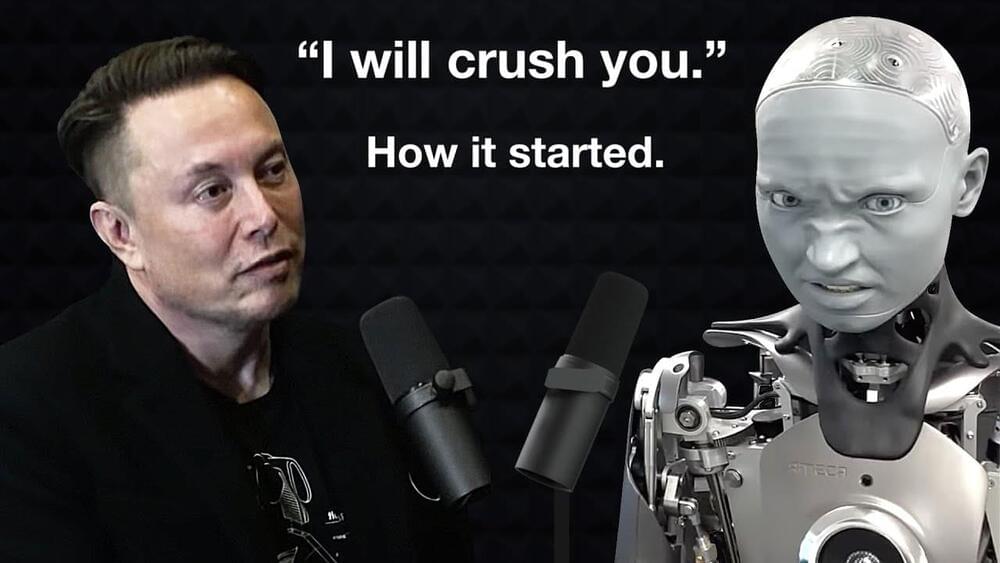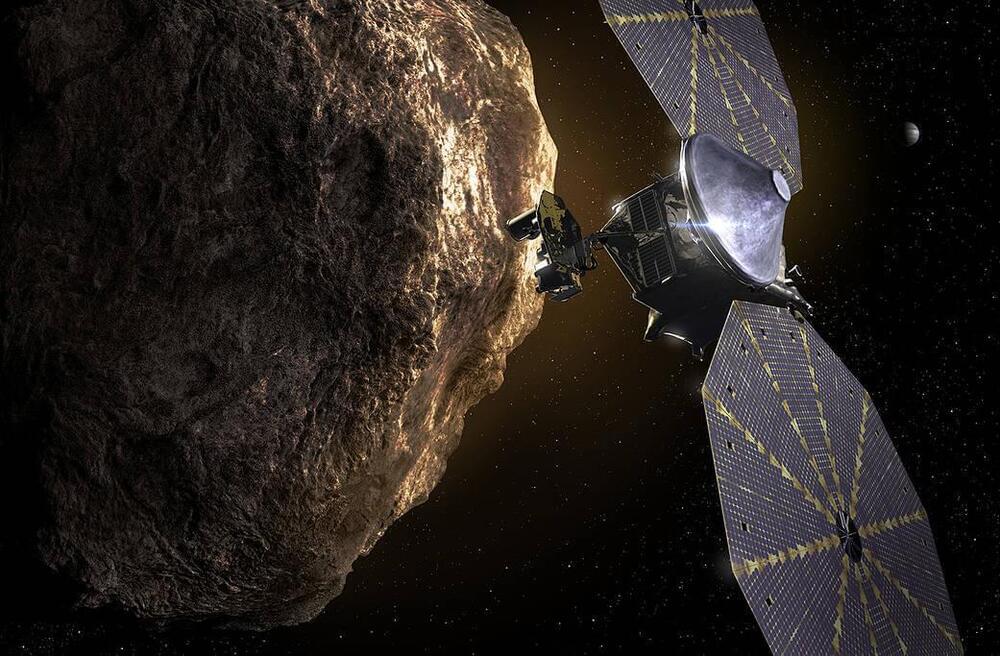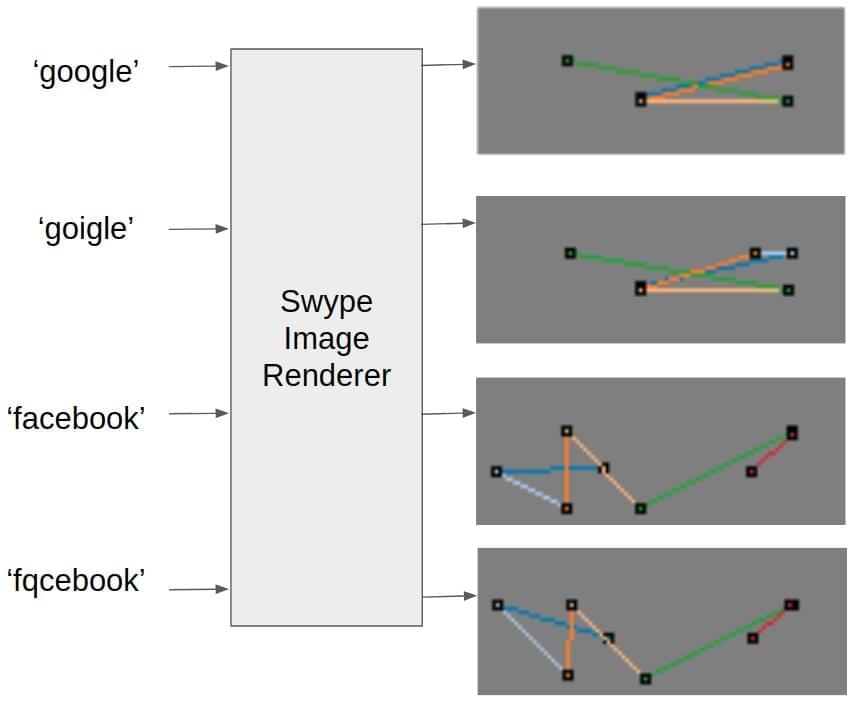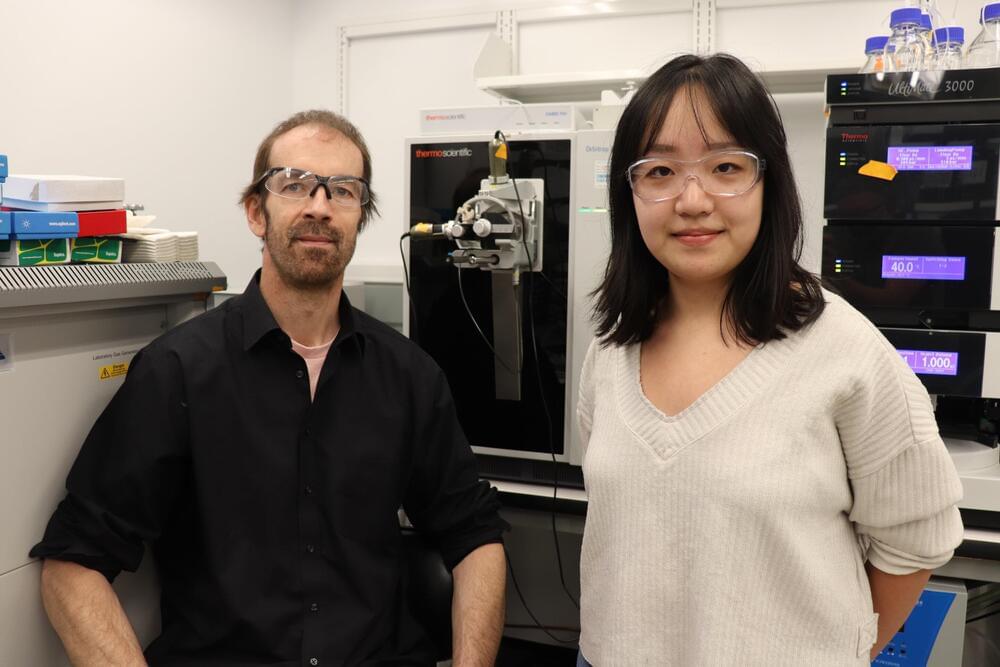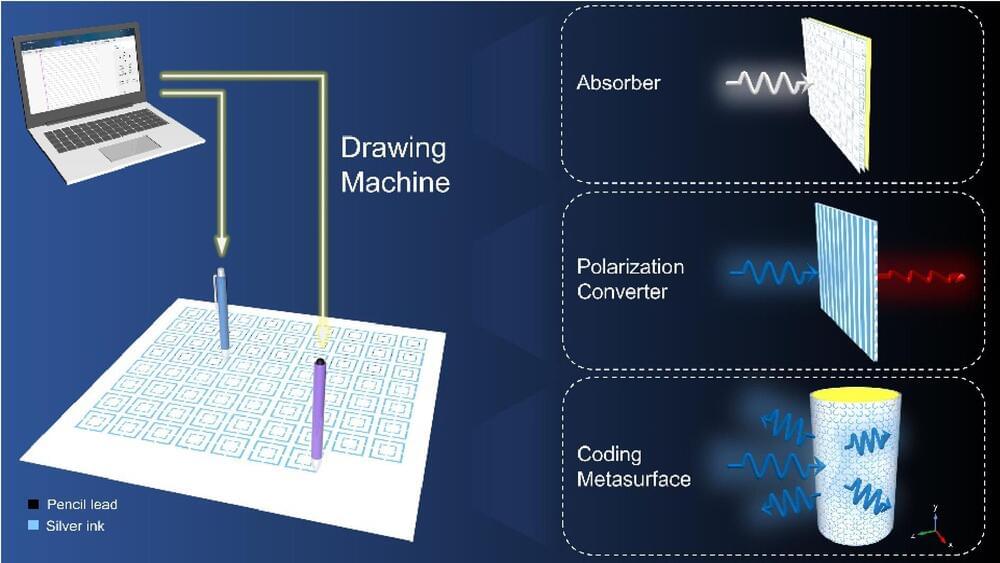Oct 13, 2022
Tiny Particles Work Collectively To Generate Complex Behavior
Posted by Saúl Morales Rodriguéz in categories: education, particle physics, robotics/AI
Simple microparticles can beat rhythmically together, generating an oscillating electrical current that could be used to power micro-robotic devices.
MIT is an acronym for the Massachusetts Institute of Technology. It is a prestigious private research university in Cambridge, Massachusetts that was founded in 1861. It is organized into five Schools: architecture and planning; engineering; humanities, arts, and social sciences; management; and science. MIT’s impact includes many scientific breakthroughs and technological advances. Their stated goal is to make a better world through education, research, and innovation.



